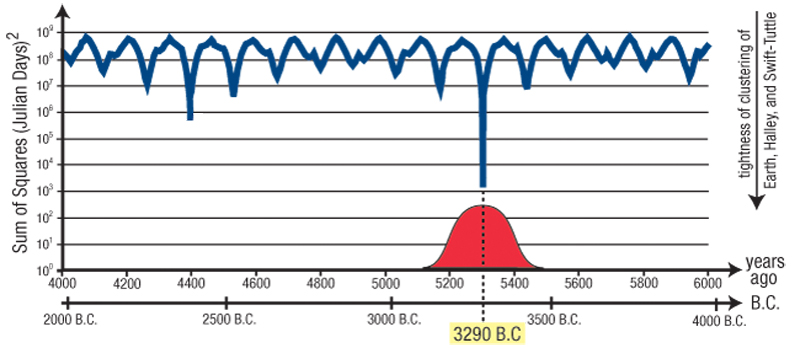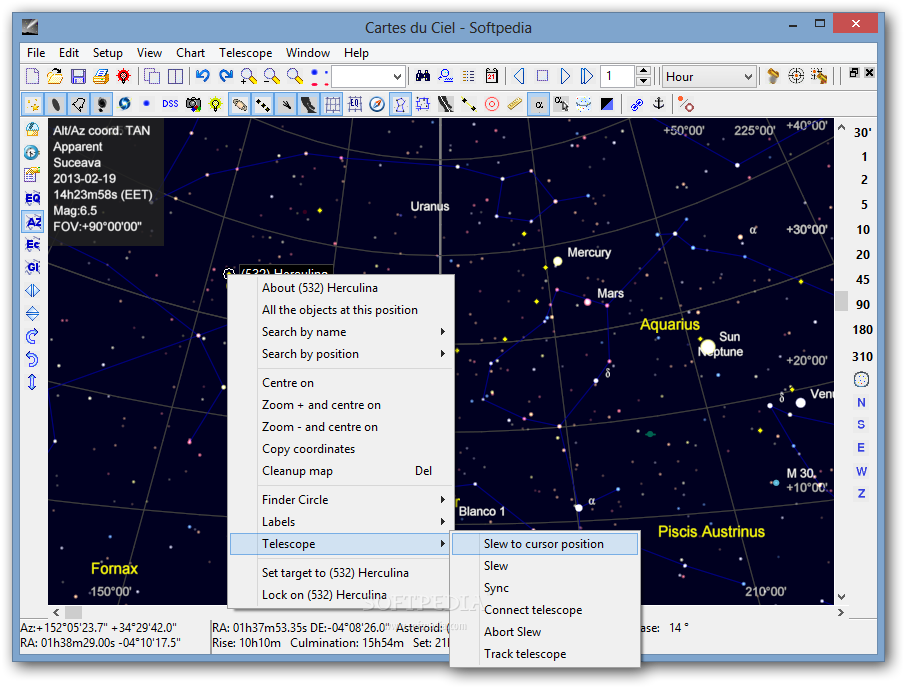
Saved circle file (.cdcc) include the coordinate equinox on the first row and more information for use with the mosaic tool. You can change this option in Setup/General/Server. Mysql support will be removed in the next version.Ĭlient/server communication can now use J2000 coordinates instead of the current chart setting. Please use the corresponding ASCOM or INDI drivers.ĭepreciate the use of Mysql database and suggest to move to Sqlite if currently in use. Remove obsolete/unmaintainable LX200 and Encoder direct drivers. If you need to keep this old elements or cumulate data from many source you must use the function from the menu Setup/Solar system.
COMET DATA FOR SKYCHART UPDATE
Skychart never need to run as administrator but this can break the configuration.īeware the update of asteroid and comet from the main menu now delete all the old elements data from the database! Show a warning in window title if running as administrator. The resolution of the background image is now be limited to improve the performance if the screen is big or if there is not enough cpu core for processing.
COMET DATA FOR SKYCHART DRIVER
INDI server and driver selection is now in the telescope connection box.
COMET DATA FOR SKYCHART DOWNLOAD
Beware this not work with dash line when printing on Windows because of API limitation.Īllow to lock at the position set from the menu View/Position.ĭefault comet element download is now from Option to not filter the bright nebula by magnitude, only by size. Option to show only the celestial equator line. Separate label setting for Asteroid and Comet. New button to Park/Unpark the ASCOM telescope.Īllow per chart observatory horizon profile.Īdd update menu for Delta T and Jupiter GRS. Set observatory coordinates from the telescope GPS, this set a “Telescope” observatory name and not override other settings. Calendar rise/set are always given to the astronomical horizon. This can be disabled in Setup/Observatory. Show the object rise and set time relative to the local horizon if a horizon file is loaded. New mosaic tool to prepare mosaic for image capture application. Support for the new GAIA DR2 star catalog.Īllow to use HNSKY star catalog using the “290” format. It is now possible to use a telescope connected to a remote ASCOM Windows computer from Skychart running on Linux or macOS.


Use larger image for big buttons and high resolution screen.Īdd direct connection to Alpaca telescope. New icon for the buttons, better suited for night vision filters. New default interface with only two button bar. The comet was previously visible in the constellation Corona Borealis, and after Bootes, it will move into the constellation Draco by January 22.Seit gestern gibt es seit langem wieder mal ein Update bei Cartes du Ciel At the moment, the object can be found in the constellation Boötes. But even if it does return, this will not happen for at least 50,000 years, Jessica Lee, an astronomer at the Royal Observatory Greenwich in the U.K., told Newsweek.Īside from the 3D visualization, TheSkyLive provides a wealth of additional information regarding the current status of the comet on its dedicated page for the object.įor example, the website shows where in the sky the comet is visible-and how its location will change over the coming days. The apparent shape of the comet's orbit-which looks like an open curve-indicates that it may never come back to the inner solar system and will simply keep traveling into deep space. The celestial coordinates, magnitude, distances and speed are updated in real time and are computed using high quality data sets provided by the JPL Horizons ephemeris service (see acknowledgements for details). After that, fuhgeddaboudit! #comet #astronomy /OjrzQEXnXw- CCNY Planetarium January 10, 2023 This page shows Comet Halley (1P/Halley) location and other relevant astronomical data in real time. Here's the path through our solar system that comet C/2022 E3 (ZTF) will take in the coming weeks.


 0 kommentar(er)
0 kommentar(er)
